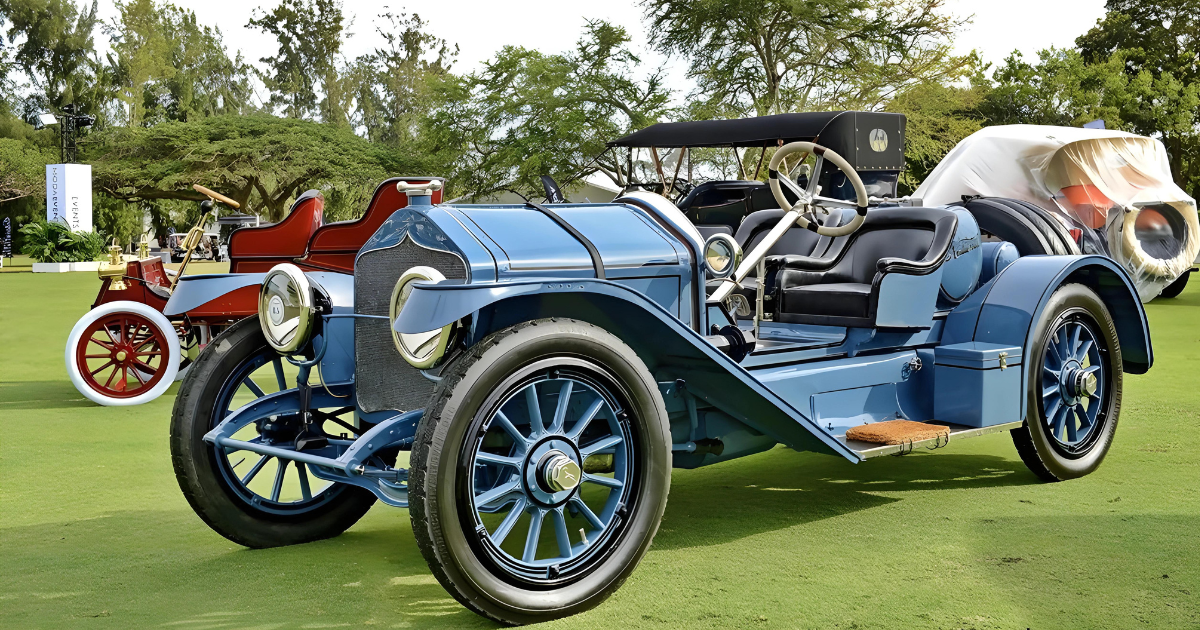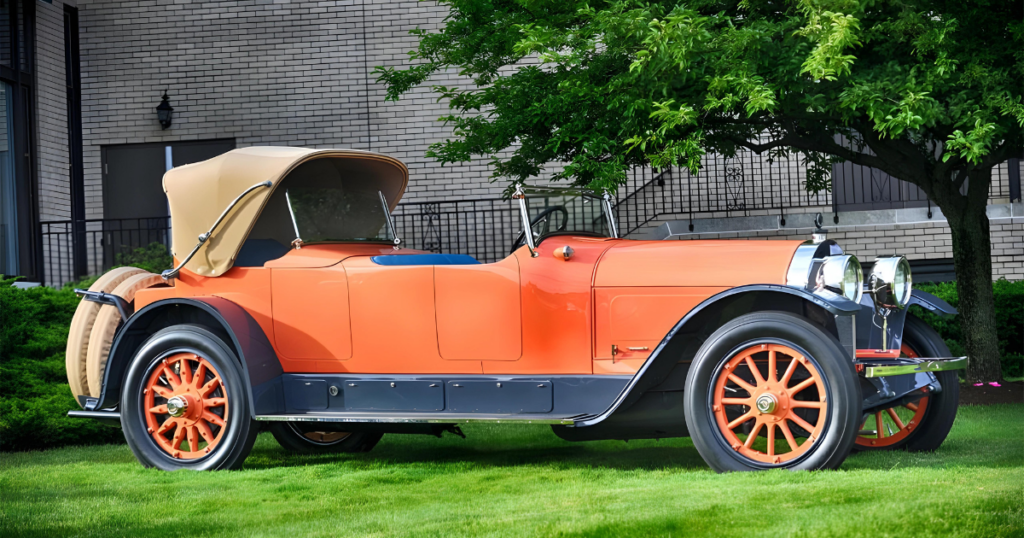
Locomobile, a distinguished American automobile manufacturer from Bridgeport, Connecticut, introduced the Model 48 in 1911, which remained in production until the company ceased making vehicles. Renowned for its luxury and performance, the Model 48 carried a hefty price tag that mirrored its premium status. Initially priced at $4,800, the cost nearly doubled to $9,600 by the end of its production. This substantial price reflected the car’s advanced engineering and opulent design, distinguishing it in the early 20th-century automotive market.
Locomobile became particularly famous for its innovative dual-cowl phaeton design, which is considered the first of its kind. This design featured two separate windshields and cowls, providing a unique and sporty look that appealed to affluent buyers. The dual-cowl phaeton style became a hallmark of luxury and elegance, influencing automotive design for years to come.
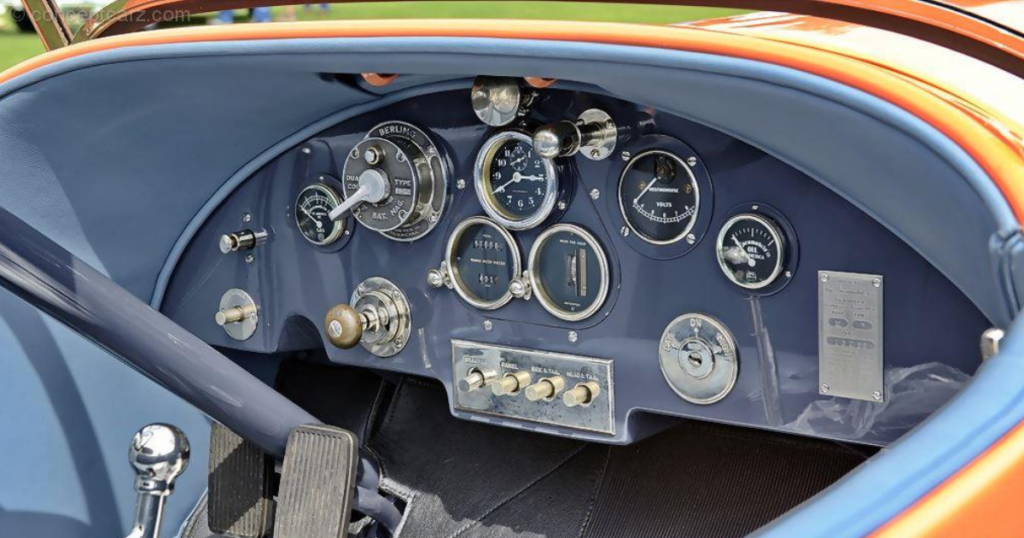
The origins of the dual-cowl design can be traced back to J. Frank deCausse of Kellner Studios in Paris, who is credited with conceptualizing the world’s first dual-cowl/dual windshield. This innovative design was first implemented under the direction of Farnham & Nelson Company of Brookline, Massachusetts, in 1916. They placed it on a 1916 Locomobile Model 48 chassis, showcasing the forward-thinking approach of Locomobile and its collaborators.
One particularly noteworthy example of the Locomobile Model 48 is a car finished in Pacific Coral with a Deep Slate Blue Gray body and fenders. This vehicle is powered by a massive 550 cubic inch, 82 horsepower 6-cylinder engine, underscoring Locomobile’s commitment to performance and power. It is one of only three known to survive, making it a rare and valuable piece of automotive history.
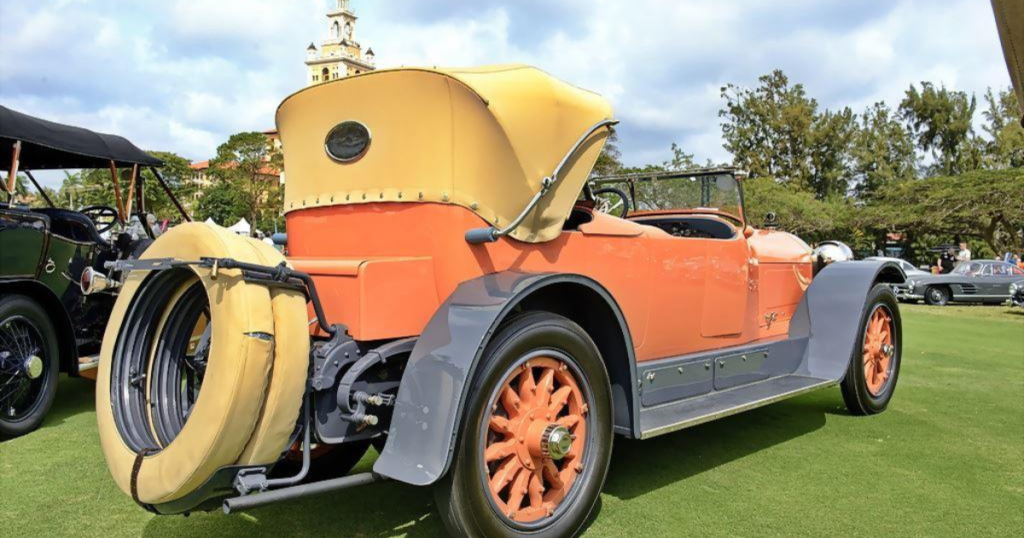
Designed by J. Frank deCausse and built at Farnham-Nelson Wagon Works of Brookline, Massachusetts, this Model 48 has a storied past. The chassis was delivered on May 12, 1917, to the Locomobile dealer in Boston for transfer to Farnham and Nelson. Believed to have been commissioned by the Leggett Family of Rexall Drug fame, it was delivered to their Newport, Rhode Island estate. The exterior colors, Pacific Coral with Deep Slate Blue Gray, were chosen to match Rexall Drug signs, adding a personalized touch reflecting the family’s business empire.
In 1922, Locomobile became part of Billy Durant’s expanding automotive empire. Despite this, the brand’s prominence in the luxury car market began to wane, and it ultimately built its final car in 1929. The Model 48 remains a testament to Locomobile’s legacy of innovation and luxury. Its design and engineering continue to be admired by collectors and automotive historians, celebrating an era when American cars were at the forefront of luxury and performance.
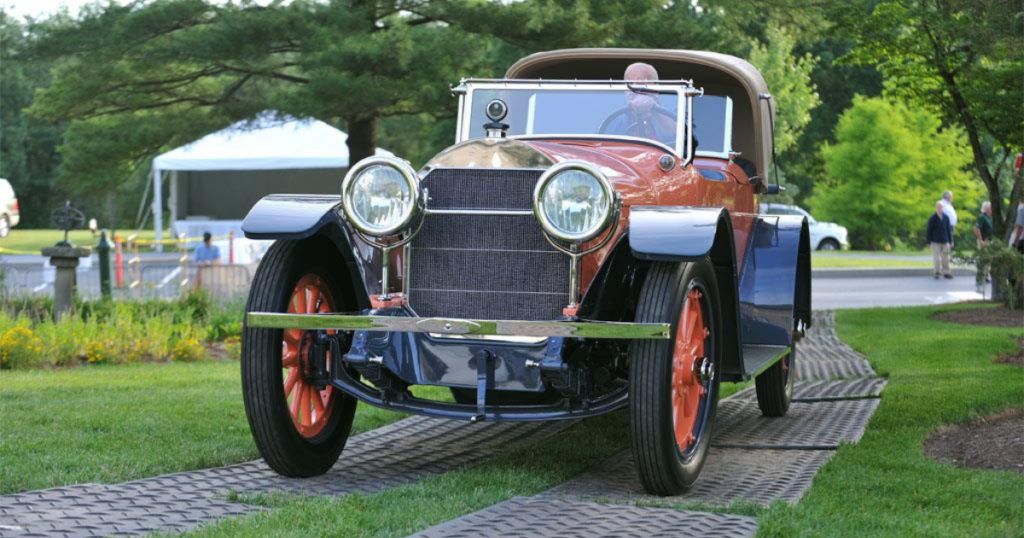
This particular Model 48, with its unique history and striking design, represents the pinnacle of early 20th-century automotive excellence. Its survival to this day is a tribute to the craftsmanship and vision that defined Locomobile, ensuring that its legacy endures in the annals of automotive history.



